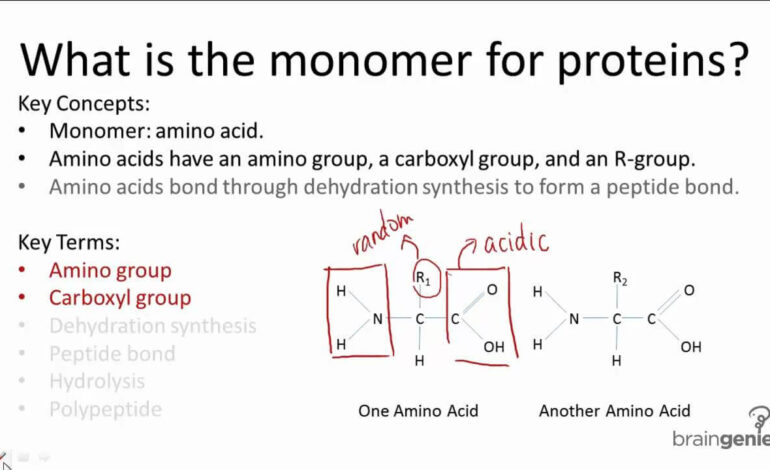In the fast-paced world of digital marketing, it is important to keep track of the performance of your online campaigns. This helps you understand what’s working and what needs improvement, enabling you to allocate your resources effectively. One of the essential tools for tracking campaign performance is manually adding tags to the destination URL. In this article, we will discuss the What Campaigns Require Manual Tags on Destination URLs for Tracking? we’ll dive into the importance of manual tags, the campaigns that need them, and how to use them effectively.
Understanding Manual Tags
Before we get into specific campaign types, let’s first understand the concept of manual tags. Manual tags, often known as UTM parameters, are snippets of code added to the end of a URL. These tags provide additional information about the source, medium, campaign name, and other parameters associated with the link. When a user clicks on the tagged URL, the data is sent to your analytics platform, allowing you to track the user’s journey to your website.
The Role of Manual Tags in Campaign Tracking
Manual tags play an important role in campaign tracking for several reasons:
- Source attribution: They help attribute traffic to specific marketing channels like social media, email marketing, or paid advertising.
- Performance Analysis: Manual tags enable marketers to evaluate the effectiveness of different campaigns and strategies.
- Customized Insights: You can create custom tags to track specific elements, like specific emails or ad versions.
Now that we understand the importance of manual tags, let’s see which campaigns benefit most from their use.
Campaigns Requiring Manual Tags
Not all online campaigns require manual tags, but several scenarios make them particularly valuable:
1. Social Media Campaigns
Social media campaigns often involve sharing links to your website on various platforms such as Facebook, Twitter and Instagram. Manual tags help identify which platform is driving the most traffic and conversions.
2. Email Marketing Campaigns
In email marketing, different email campaigns can lead to the same landing page. Manual tags distinguish between these campaigns, allowing you to analyze their performance separately.
3. Pay-Per-Click (PPC) Advertising
PPC campaigns, such as Google Ads or Bing Ads, can generate large amounts of data. Manual tags help you understand which keywords, ads or ad groups are most profitable.
4. Affiliate Marketing
When collaborating with partners, manual tags help you track the performance of each partner’s promotion efforts individually.
5. Content Marketing
Content marketing often involves creating different content pieces that link to your site. Manual tags help you identify what content is driving traffic and engagement.
6. Event Marketing
Promoting events through digital channels requires accurate tracking. Manual tags help measure the effectiveness of event-related campaigns.
7. A/B Testing
When running A/B tests on different versions of a webpage or ad, manual tags are indispensable to distinguish between variants.
How to create manual tags
Creating manual tags is relatively simple. You can use online UTM builders or create them manually by adding specific parameters to your URLs. The required parameters to include are:
- Source: The source of the traffic (for example, Google, Facebook).
- Medium: Type of traffic (e.g., organic, CPC).
- Campaign Name: The name of the specific campaign.
- Content: Optional parameter to separate ads or links.
- Duration: Optional to track keywords in paid search campaigns.
Conclusion
Manual tags are an essential tool for tracking the performance of various online campaigns. They provide valuable insight into the sources, mediums, and effectiveness of your marketing efforts. By using manual tags effectively, you can make data-driven decisions that drive better campaign results.
Now that you’ve learned about manual tags and their role in campaign tracking, it’s time to put this knowledge into practice to enhance your marketing strategies.
FAQs
1. Are manual tags required for each campaign?
Not all campaigns require manual tags. They are most beneficial for campaigns with multiple sources, mediums, or variants that require separate tracking.
2. Can I use automated tracking tools instead of manual tags?
Automated tracking tools are convenient, but cannot provide the same level of detailed information as manual tags. Using both can offer a more comprehensive view of your campaigns.
3. Are there any best practices for naming campaign tags?
Yes, it is essential to maintain consistency in naming conventions to ensure clarity and ease of analysis in your reports.
4. Which analytics platforms support manually tagging data?
Major analytics platforms like Google Analytics and Adobe Analytics support manual tagging data for detailed campaign analysis.
5. How often should I review manually tagged campaign data?
It is essential to regularly review campaign data to make timely adjustments and optimize your marketing strategies. Consider weekly or monthly reviews depending on the frequency of your campaign.






